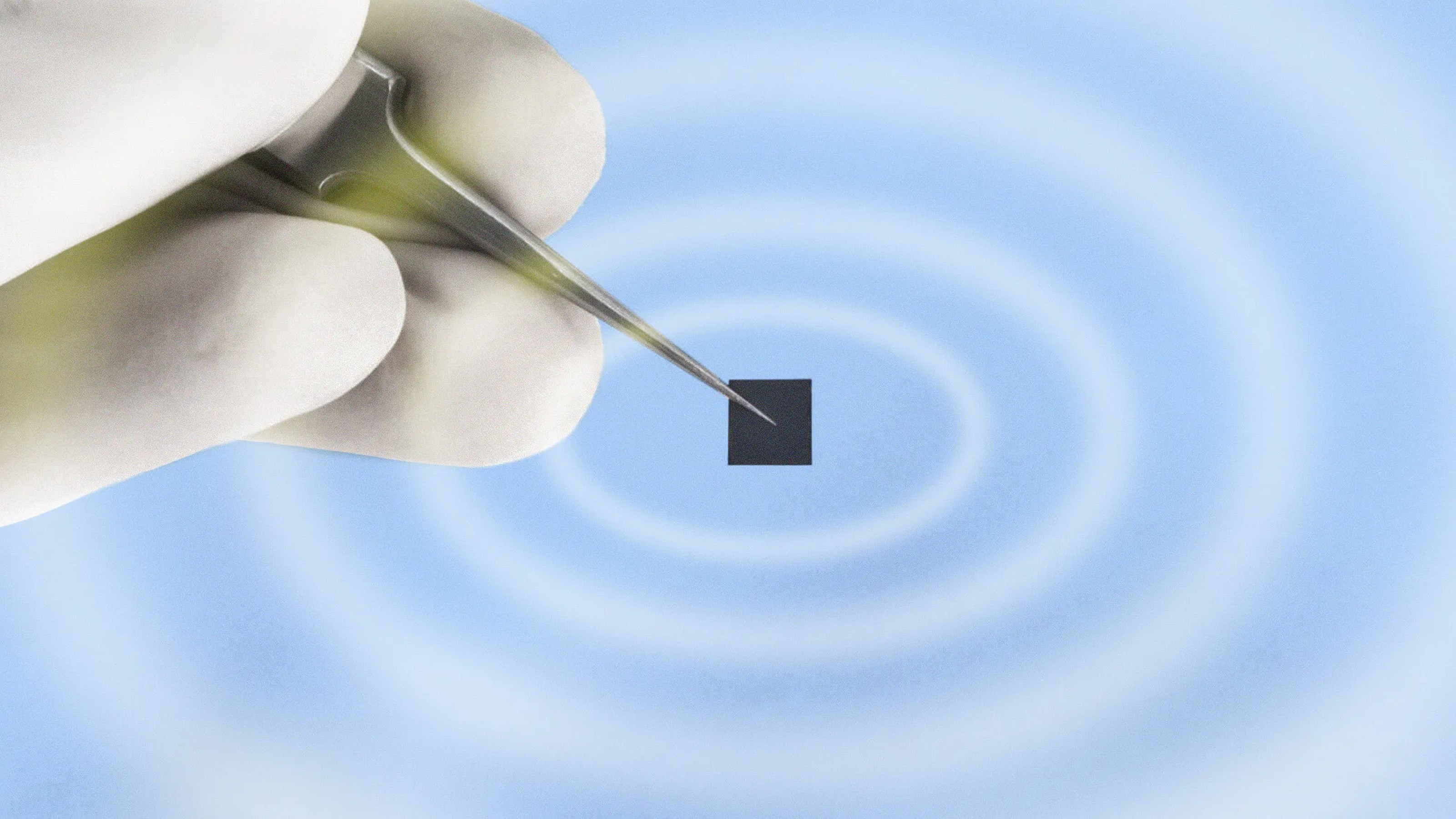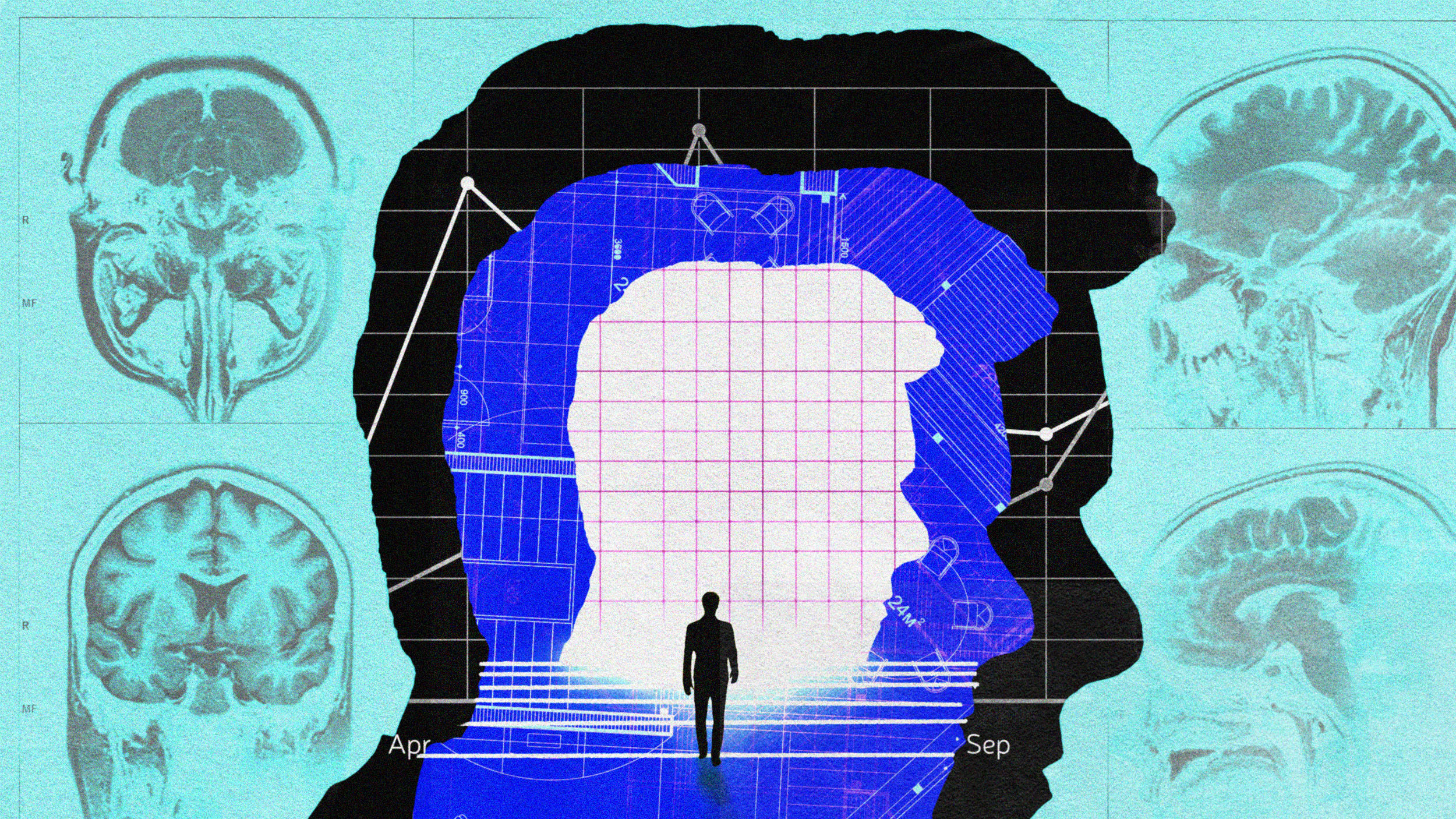Ricky Gervais takes a stroll into the future.
Question: Will you mourn the death of print newspapers?Ricky Gervais: No. When’s that going to happen? I don’t think hard copies will ever be replaced, will they? I mean, I could see what you mean, because the environment or because computers; everyone will soon be online.
You’re talking about the future, aren’t you? I love this sort of trying to predict the future. I love watching ’50s movies, of what it’ll be like in 1994. Everyone’s in silver suits or with grey hair, and in the year 2000, you won’t have to walk to work, the pavements will move. Dinner will be a small pill. Yeah, hover boards.
Nothing’s changed. The only thing has changed is the colors.
Let’s say, you can go back, it’s like; people walk in colors, that’s it. There’s no one flow in. There’s no heads in jars. You know, it’s nothing. Nothing really changes, does it? You could bring a caveman back. You could shave him. He could go to work. We don’t really change. We don’t really change. I don’t change, except I’m off the horse now. Yay, he’s off the horse.
Recorded on: Feb 25, 2009.






